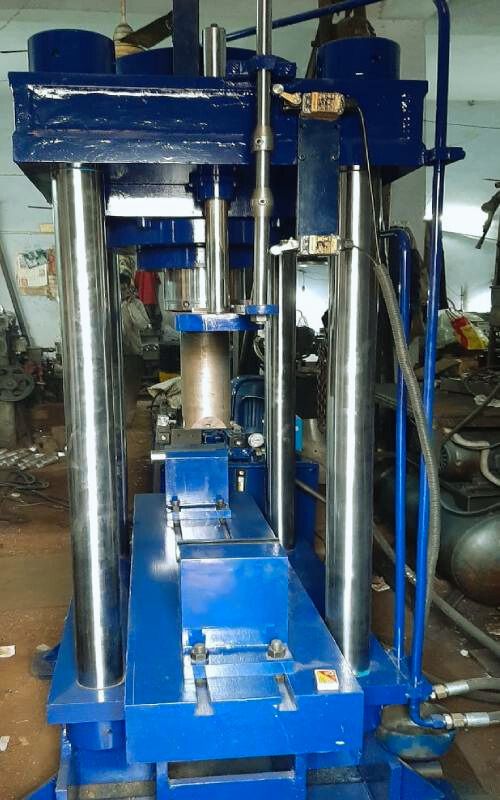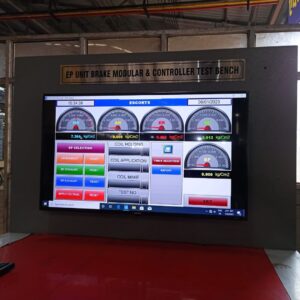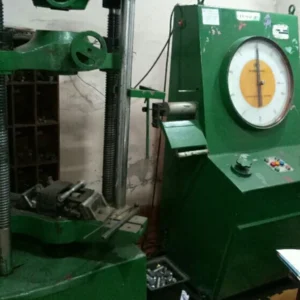Transverse Bend Load Testing Machines are specialized machines used to test the bending resistance and strength of materials, structures, or components under transverse load conditions. This is a breakdown of the details, features, and technical specifications.
Features and Specifications of Transverse Bend Load Testing Machine
- Testing for Bending Strength: Transverse bend load testing machines are designed to test specimens’ bending strength by applying a bending force perpendicularly to their longitudinal axis.
- Versatility: These machines are capable of testing a variety of materials including metals and plastics. They can also test specimens of various sizes and shapes, such as plates, beams, and rods.
- Support configurations: Different support configurations may be offered to simulate different bending conditions. These include simple beam bending and three-point and four-point bend setups.
- Load Application: Transverse Bend Load Testing Machines can apply the bending loads through a loading fixture or head, which is adjustable to accommodate specimens of different sizes and shapes.
- Data Acquiring: Modern machines are equipped with data acquisition systems that capture and record real-time test data including applied loads, deflections, and other parameters.
- Safety Features: These devices are equipped with safety features such as overload protection, emergency stop buttons, and safety enclosures that ensure the safety of operators during testing.
Technical Specifications for Transverse Bend Load Testing Machine
- Maximum Loading Capacity: Indicates the maximum bending force that the machine is capable of applying to the specimen without failure. This value is typically expressed in kilogramnewtons (kN), or pounds-forces (lbf).
- Span length: Defines distance between supports or loading points which determines the bending moment of the specimen when testing.
- Test speed: Indicates how fast the bending force is increased or applied during the test, typically expressed in millimeters/minute (mm/min) and inches/minute (in/min).
- Accuracy Defining the accuracy of a load measurement system or displacement measurement system. This is usually expressed in percentages of full-scale readings, or absolute units.
- Compliance Verifies that the machine meets applicable testing standards and specifications such as ASTM ISO or DIN standards for transverse bend tests.
- Power Requirements Indicates electrical power requirements for the machine including voltage, frequency, and power consumption.
Description:
- Preparation: The specimen must be prepared following the test standard, and then placed on the supports of the Transverse Bend Load Testing Machine.
- Setup Test Parameter: Test parameter settings such as load capacity, span, test speed, and other settings are configured via the control panel of the machine or software interface.
- Loading phase: The machine gradually increases the bending force on the specimen until it fails or reaches the specified endpoint.
- Deflection Measurement: The deflection of the specimen during testing is measured using displacement sensors and extensometers.
- Failure detection: The machine records the relevant data, such as the maximum load, deflection, and failure mode, if the specimen fails before reaching the endpoint.
- Data Analyses: Test data is analyzed to determine the bending strengths, modulus elasticity, and other mechanical properties as well as potential factors that may contribute to failure.
- Reporting: A comprehensive report is generated that documents the test procedure, test results, analysis, and any relevant observations, or recommendations for further actions.






Reviews
There are no reviews yet.